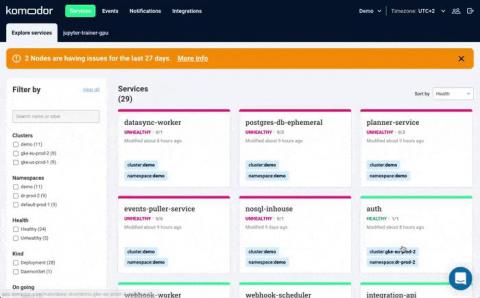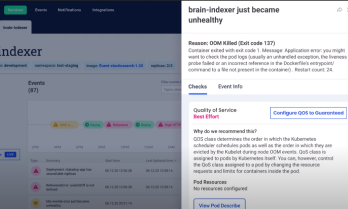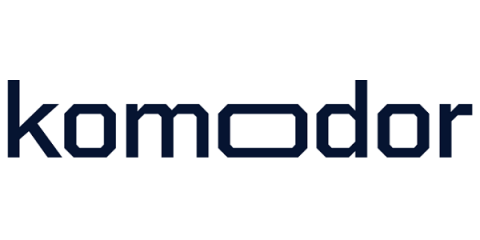Crossing K8s Monitoring and Observability Gaps With Change Intelligence
Recently we had the privilege of being named a Gartner Cool Vendor in the Monitoring and Observability category. The funny thing is, while this is definitely the closest Gartner category for our solution, we aren’t really used to thinking about Komodor as a monitoring and observability tool.










